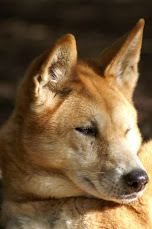




While the Eurasian Lynx bears rather pallid markings, the Iberian lynx has distinctive, leopard-like spots with a coat that is often light grey or various shades of light brownish-yellow. Some western populations were spotless, although these have recently become extinct.
The head and body length is 85–110 cm, with the short tail an additional 12–30 cm; the shoulder height is 60–70 cm. The male is larger than the female, with the average weight of males 12.9 kg and a maximum of 26.8 kg, compared to 9.4 kg for females; this about half the size of the Eurasian lynx.
The Iberian Lynx has four sets of whiskers: two groups on the ears and two on the chin. It uses these to sense its prey.


